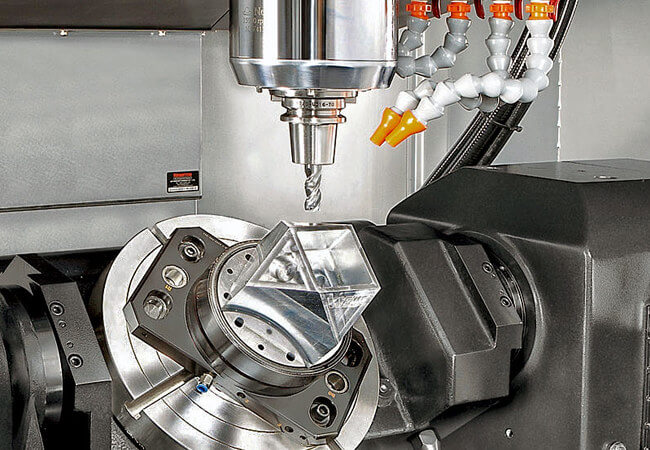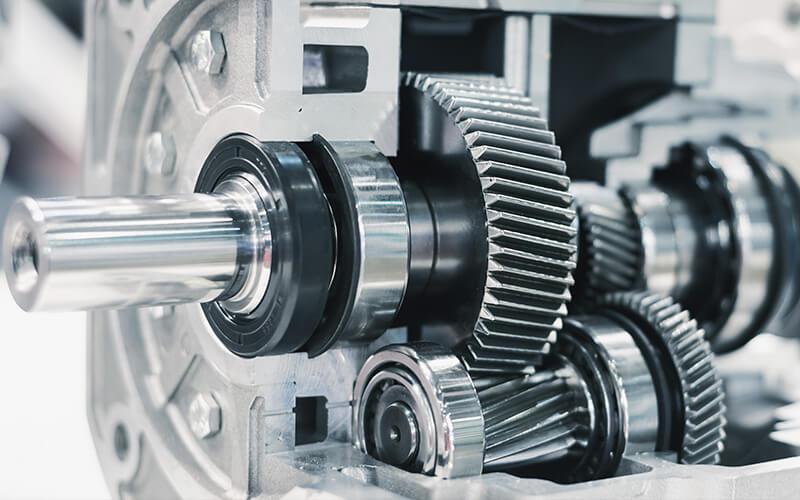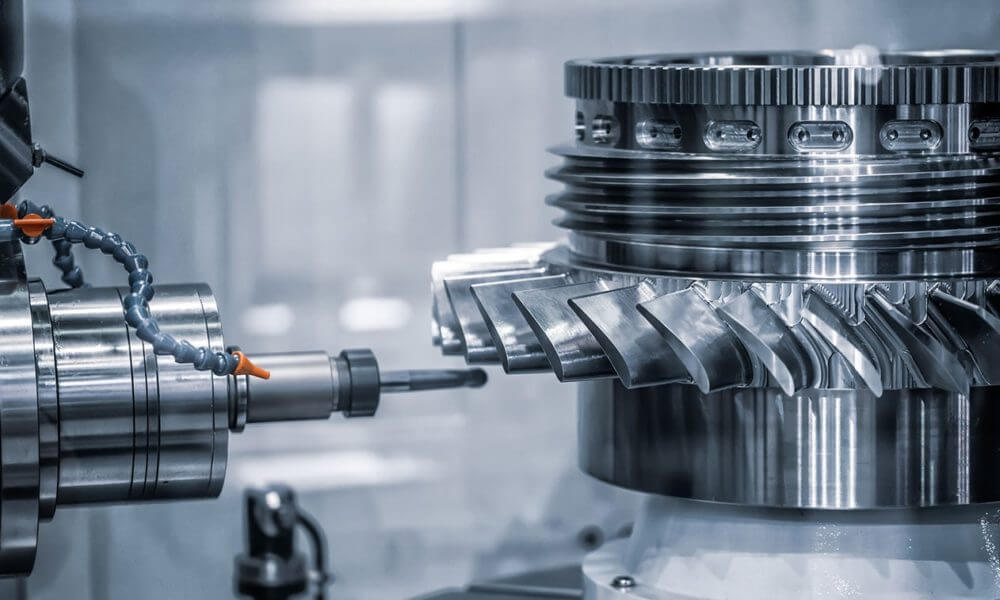The Impact of Supply Chain Disruptions on Aerospace Parts Manufacturing
The aerospace industry is a complex and highly regulated sector that requires precision and reliability in every aspect of its operations. One of the key challenges faced by aerospace parts manufacturers in recent years is the impact of supply chain disruptions. These disruptions can have a significant impact on the production and delivery of aerospace parts, leading to delays and increased costs. In this article, we will explore some of the recent challenges faced by aerospace parts manufacturers and the solutions that have been implemented to mitigate their impact.
One of the main causes of supply chain disruptions in aerospace parts manufacturing is the increasing complexity of the global supply chain. As the aerospace industry has become more globalized, manufacturers have had to rely on a network of suppliers and subcontractors located in different countries. This has made the supply chain more vulnerable to disruptions caused by natural disasters, political instability, and other unforeseen events.

For example, the 2011 Japanese earthquake and tsunami caused severe damage to global supply chains, including the aerospace industry. This natural factor has had a serious impact on many manufacturers that rely heavily on Japanese suppliers for critical components, causing delays in the production and delivery of aerospace components in particular.
To address these challenges, aerospace parts manufacturers have implemented several solutions. One of the key strategies is to diversify the supply chain by sourcing components from multiple suppliers located in different regions. This helps to reduce the risk of disruptions caused by a single event or location. By having multiple suppliers, manufacturers can quickly switch to alternative sources in case of disruptions.

Another solution that has been adopted is the use of advanced technology and data analytics to improve supply chain visibility and predict potential disruptions. By leveraging real-time data and analytics, manufacturers can identify potential bottlenecks or vulnerabilities in the supply chain and take proactive measures to mitigate their impact. For example, predictive analytics can help manufacturers anticipate potential disruptions caused by weather events or political instability and take necessary actions to minimize their impact.
Furthermore, collaboration and communication between manufacturers and suppliers have become crucial in mitigating supply chain disruptions. By establishing strong relationships with suppliers and maintaining open lines of communication, manufacturers can quickly address any issues that arise and work together to find solutions. This includes sharing information about inventory levels, production schedules, and potential risks, allowing both parties to make informed decisions and take necessary actions.

In conclusion, supply chain disruptions pose significant challenges to aerospace parts manufacturers . However, by diversifying the supply chain, leveraging advanced technology and data analytics, and fostering collaboration and communication with suppliers, manufacturers can mitigate the impact of these disruptions. The aerospace industry will continue to face challenges in the future, but with the right strategies and solutions in place, manufacturers can ensure the smooth production and delivery of aerospace parts, ultimately contributing to the growth and success of the industry.
